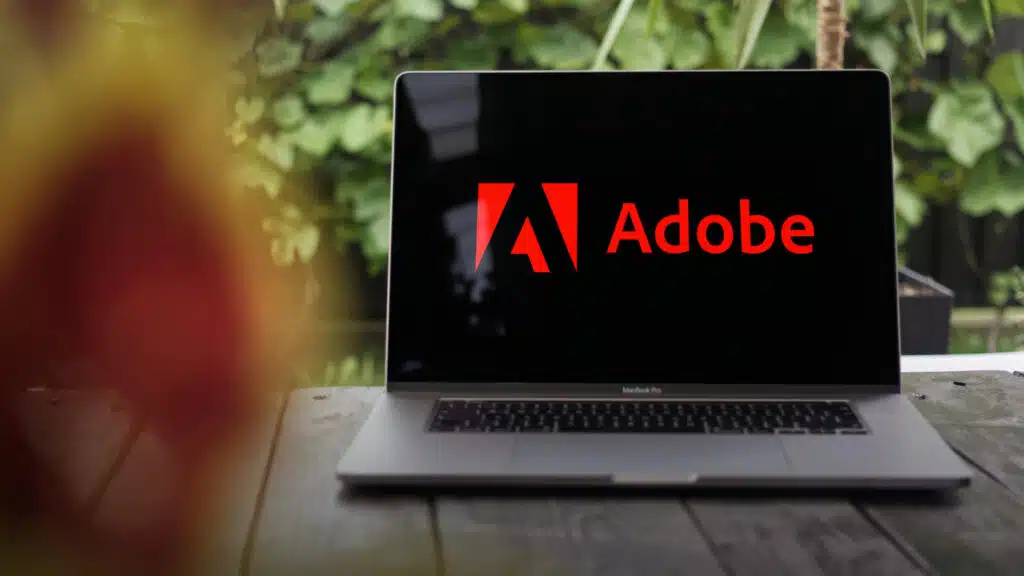The Six Five Team discusses MongoDB Q2 2024 earnings.
If you are interested in watching the full episode you can check it out here.
Disclaimer: The Six Five Webcast is for information and entertainment purposes only. Over the course of this webcast, we may talk about companies that are publicly traded and we may even reference that fact and their equity share price, but please do not take anything that we say as a recommendation about what you should do with your investment dollars. We are not investment advisors and we ask that you do not treat us as such.
Transcript:
Daniel Newman: We all know that the data platform, the operational data layer is what’s going to make these really killer applications for AI. So, which are the companies that are going to get a big tailwind? Apparently, MongoDB is one of them. It had a very strong quarter and the market is starting to see, I think, its story move from being a really developer-centric product to a business-centric product where companies are leveraging the technology and its capabilities to be able to build, implement, and continuously innovate on AI’s capabilities for application.
You’re talking about a company that saw its revenue grow 40% year-on-year, which in software SaaS is very, very strong. It saw the SaaS part of its revenue grow by 38% and now is 63% of its Q2 overall revenue. The company is still not profitable, so on a gap basis, but it’s getting very, very close to being able to do that and it’s creating a lot of cash flow. You and I were at the event in New York City, so we had time to talk to many of the company’s executives. We had a chance to talk to many of the company’s leadership as well as its customers. Talked to some large banks. We talked to some other large companies and startups that are building on Mongo, a very positive sentiment out there, Pat, on the company. You’re seeing vector search, which is all about simplifying generative AI and semantic app builds. And we’ll actually talk about that more when we talk about Elastic’s earnings too, because we’re seeing this moving across the industry.
We’re also seeing that it’s deepening its partnerships. Part of this earnings, and also at the event we were at Pat is the company was busy announcing that it’s expanding in its cloud integration. It had a big announcement this quarter around Google Cloud, but really MongoDB has deep ties and roots across the hyperscale cloud community. Across the board, Pat, this is just one of those plays that if you believe that this generative AI boom is sustainable, then you’re going to have to believe that there are critical components, services and tools that are going to be required to enable this continued build out. Vector search, operational or developer data is going to be critical to basically building out the apps of the future. You can see it here with what MongoDB is doing. You can see it there by the momentum. And like I said, I think one of the really important key trends is this is moving from really a developer, nerdy tool to something that the market’s beginning to see as a very critical business component to companies that would want to build generative AI apps for the future.
Patrick Moorhead: That was quite an analysis of the things you pointed out. What I think is so interesting about MongoDB is how they moved from a best in breed database to what’s now a data platform. We’ve seen a couple companies who are doing that and it just makes sense. A company starts off, they have a killer app and they then try to extend that into something that is more and that’s bigger. And it’s a challenge because you try to grow, grow, grow, and you have to make expenditures. But absolutely, it’s working out for MongoDB. 78% gross margins is pretty incredible at that growth rate. It’s not like they’re giving away products, they’re growing. And if I look at what makes a successful data play, one of them is the hybrid multi-cloud.
MongoDB doesn’t support every feature on every cloud, including its on-prem capabilities, but it’s enough to get the job done. They used AWS as an anchor point and then moved to Google Cloud, and that’s exactly the types of companies you want to be working with. I totally agree with you on the vector adder and it’s called Atlas Vector Search, which by the way competes directly… It’s funny, it sounds like it competes directly with Elastic, but the two actually work together as partners. Congratulations to MongoDB and eye-watering 40% growth at 78% gross margins.
Author Information
Daniel is the CEO of The Futurum Group. Living his life at the intersection of people and technology, Daniel works with the world’s largest technology brands exploring Digital Transformation and how it is influencing the enterprise.
From the leading edge of AI to global technology policy, Daniel makes the connections between business, people and tech that are required for companies to benefit most from their technology investments. Daniel is a top 5 globally ranked industry analyst and his ideas are regularly cited or shared in television appearances by CNBC, Bloomberg, Wall Street Journal and hundreds of other sites around the world.
A 7x Best-Selling Author including his most recent book “Human/Machine.” Daniel is also a Forbes and MarketWatch (Dow Jones) contributor.
An MBA and Former Graduate Adjunct Faculty, Daniel is an Austin Texas transplant after 40 years in Chicago. His speaking takes him around the world each year as he shares his vision of the role technology will play in our future.







